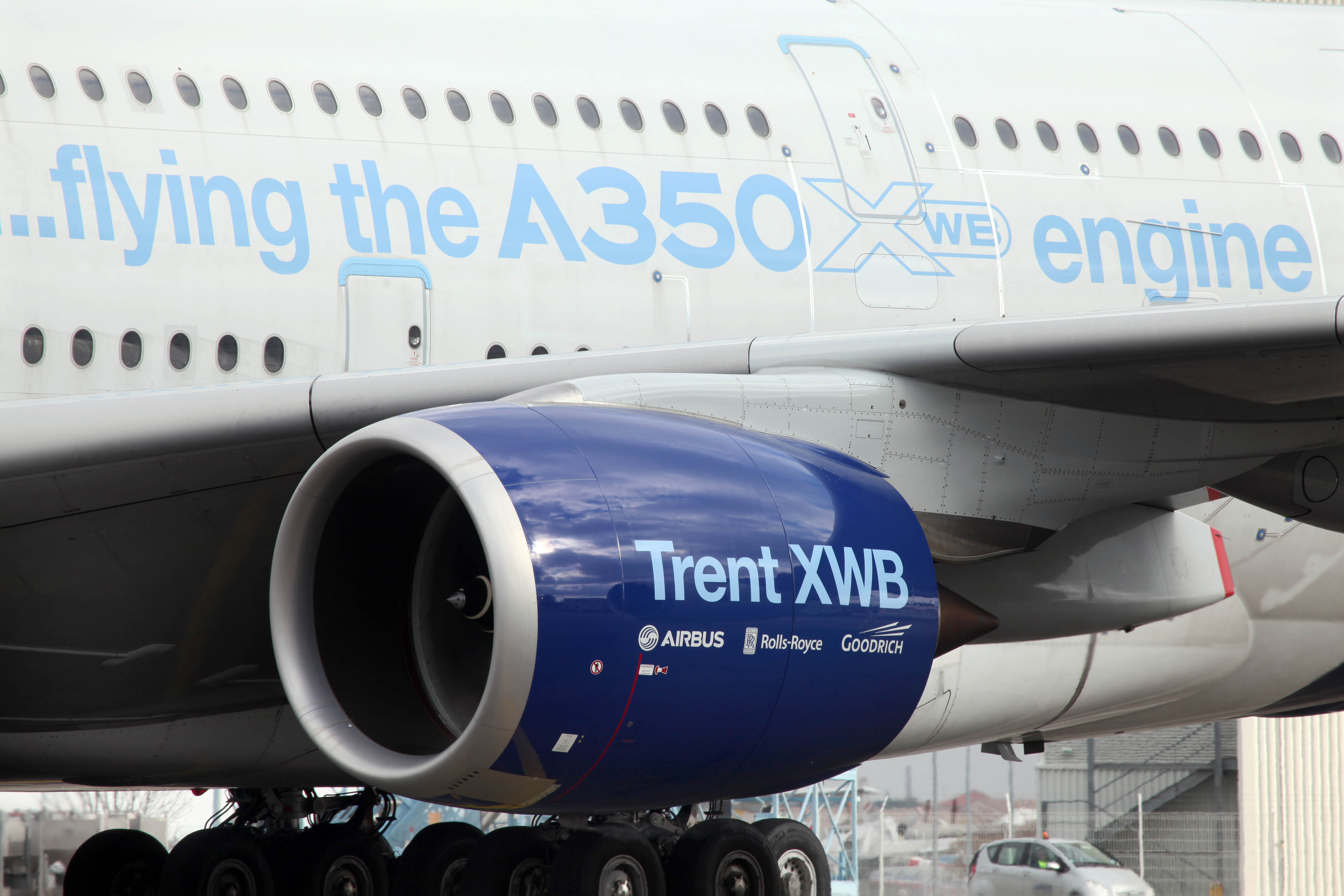Rolls Royce Trent 1000 Engine Pdf


Rolls-Royce Technology for Future Aircraft Engines RAeS Hamburg. Rolls-Royce Avon engines on production. Trent 1000 is 12% more fuel efficient than Trent. The Rolls-Royce Trent 1000 is a British turbofan engine, developed from earlier Trent series engines. The Trent 1000 powered the Boeing 787 Dreamliner on its maiden. Shares in UTC, parent of Hamilton Sundstrand, which makes the gearbox for the Rolls-Royce Trent 1000 engine. /genx_eng9.pdf As the article points out.
Contents • • • • • • • • • • • • • Development [ ] On 6 April 2004 Boeing announced that it had selected two engine partners for its new 787: Rolls-Royce and General Electric (GE). In June 2004, the first public engine selection was made by who chose the Trent 1000 for its two firm orders.
In the largest 787 order, that of Japan's, Rolls-Royce was selected as the engine supplier. The deal is valued at $1bn (£560m) and covers 30 787-3s and 20 787-8s. The first run of the Trent 1000 was on 14 February 2006.
First flight on Rolls-Royce's own flying testbed (a modified Boeing 747-200) was successfully performed on 18 June 2007 from. The engine received joint certification from the and on 7 August 2007 (7-8-7 in Europe). The Trent 1000 is the launch engine on both initial 787 variants, the -8 with ANA and the -9 with Air New Zealand.
Capitalising on the architecture and technologies of previous generations of Trent engine, the Trent 1000 has been. A Rolls-Royce Trent 1000 engine.
On 7 July 2007, Rolls-Royce secured its largest ever order from an aircraft leasing company when placed an order worth $1.3 billion at list prices for Trent 1000s to power 40 of the 787s which it has on order ($16.25 m per engine). On 27 September 2007 announced the selection of the Trent 1000 to power 24 Boeing 787 aircraft. On 2 August 2010, a Trent 1000 suffered an of the intermediate turbine on a test stand. It was reported as being due to a fire in the engine oil system. On 26 October 2011, the 787 flew its first commercial flight from Tokyo to on All Nippon Airways. Promo Only Mainstream Radio. It was powered by Trent 1000 engines. The 787 was introduced in September 2011 with Package A with 1% worse (TSFC) than the initial Boeing specification, which was matched by Package B certified in December 2011, then improved by Package C offering 1% better fuel burn than specified and EASA certified in September 2013.
From early operations, GE claimed a 2% fuel burn advantage and 1% better performance retention. In March 2014, of the 787 firm orderbook, Rolls had 321 (31%), GE 564 (55%) and 146 were undecided (14%). The performance improvement packages rectified fuel burn and reliability issues, but problems in the active fleet persist and durability problems with certain components remain for 400 to 500 engines in 2017. -related of IPT blades was discovered at All Nippon Airways in early 2016. Engines showing excessive corrosion are pulled from service and repaired in a shop visit, more corrosion-resistant blades have been developed and are rolled-out.
HPT blades fatigue is checked and IPC rotor seals are inspected but several had to ground 787s. Rolls had to spend about $35 million on unexpected “technical provisions” for its in-service Trent 1000 fleet in 2017. Trent 1000 TEN [ ] Rolls-Royce designed an improved version targeting at least 2% better than the current Trent 1000 Package C. Rolls-Royce claims to offer up to 3% lower fuel burn than the competition.
The company claims it helps reducing 's dominance of the Boeing 787 engine market, with 42% of newly declared engine orders now going to Rolls-Royce. It features a scaled version of the 's -84 compressor, and 3 core technology. Fuel burn is reduced through its improved intermediate pressure compressor where the rear stages spin at higher speeds. Three stages were introduced in the new compressor and 75% of its parts are new or changed from the 1000. The engine first ran in mid-2014.